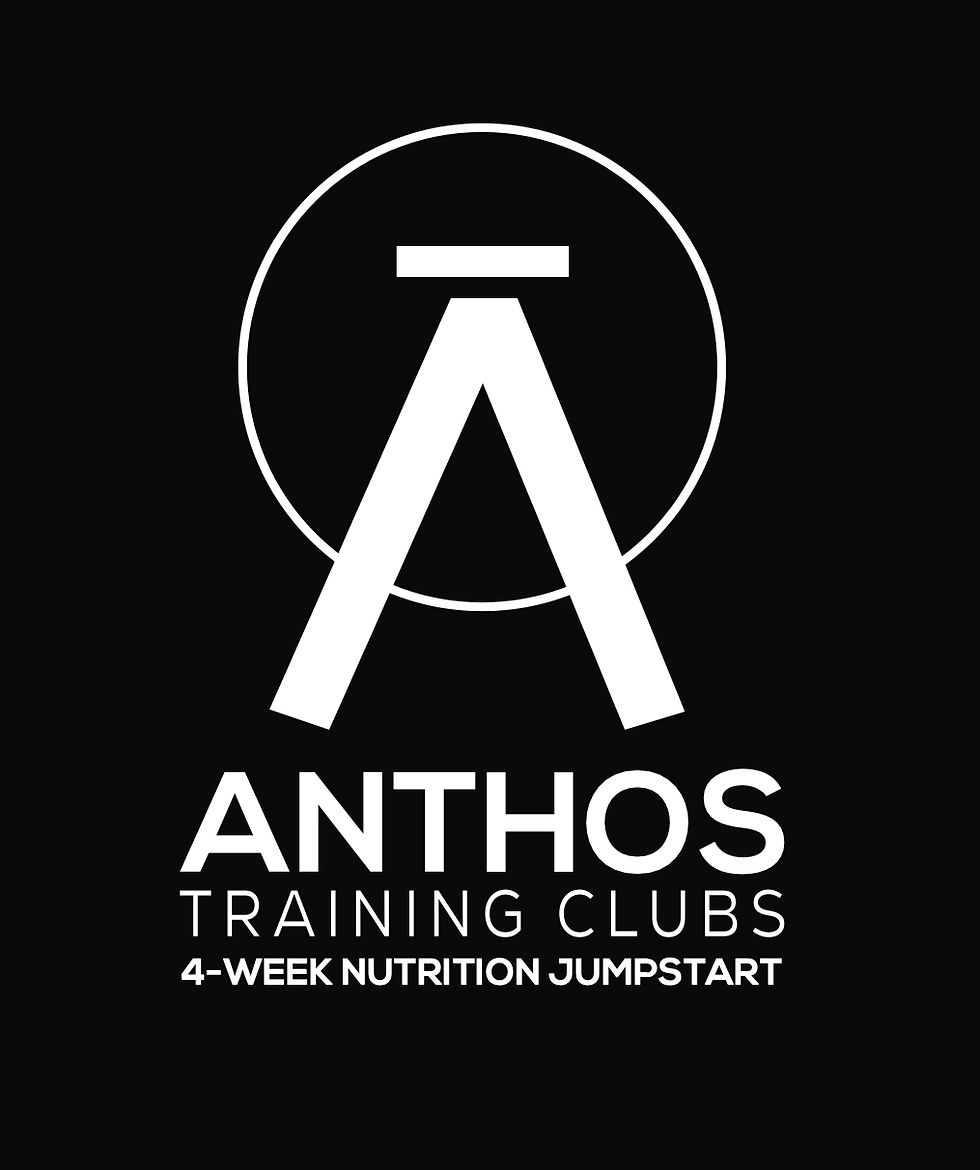Where to Start When You Get a New Personal Training Client: The Importance of the Movement Assessment
- The Anthos Team
- Oct 5
- 2 min read

Why the First Session Matters
Landing your first personal training client or even a new one after a slow stretch feels exciting. It is your chance to prove your skills, showcase your knowledge, and build trust.
But here is a question every trainer should ask: Where do you start when you finally get a client?
You probably want to talk about their goals and then immediately hit the training floor to show them your expertise. That might seem like the right move, but skipping a key step here can actually hurt your client relationship before it even begins.
The Common Mistake Many New Personal Trainers Make
When trainers jump straight into a workout, they risk more than they realize. A client may have:
An old injury
Limited mobility
Weaknesses or imbalances that are not visible right away
If you skip the assessment and dive into movement, you could worsen an existing issue or even cause a new one.
What was meant to be an impressive first session can quickly turn into frustration, discomfort, or even injury, which can cause you to lose the client immediately.
Why a Movement Assessment Should Always Come First
The best and smartest way to start is with a movement assessment. This does not take away from the workout, it sets the foundation for it. An assessment gives you the information you need to design a safe, effective, and personalized program.
A movement assessment can:
Identify mobility or stability limitations that could lead to injury
Determine which exercises are safe and effective for each client
Recognize performance opportunities through corrective work
Demonstrate that you prioritize your client’s long-term health and success
This small shift makes a huge difference. Instead of rushing into random exercises, you start with a roadmap that leads to better results and stronger trust.
How Assessments Build Trust and Client Loyalty
Clients want more than a tough workout. They want to feel safe, supported, and understood.
When you take the time to assess first, you communicate care and professionalism. That builds confidence, and confident clients stay bought-in and consistent.
Consistency leads to results, and results lead to loyalty and referrals.
Clients who trust you and see progress are far more likely to stay with you long term, refer friends, and become ambassadors for you.
How to Learn Movement Assessments
If you are new to assessments, there are great certifications that teach you how to evaluate movement properly.
One of the most recognized programs is the Functional Movement Screen (FMS) Level I Certification. It is designed to help personal trainers:
Identify movement patterns and asymmetries
Build individualized programs
Adding certifications like FMS to your skill set increases both your coaching ability and professional credibility.
Final Thoughts
So, where should you start when you get a new client? Connect with them, ask about their goals, and always assess movement before you train.
That one extra step protects your client’s health, strengthens your programming, and helps you stand out as a professional who truly cares.
👉 To see Professor Cliff explain this concept in action, check out our Instagram post here.



